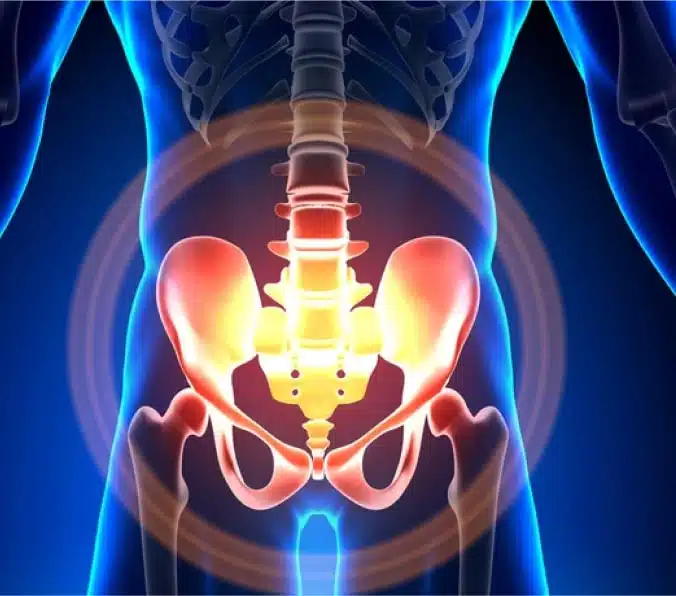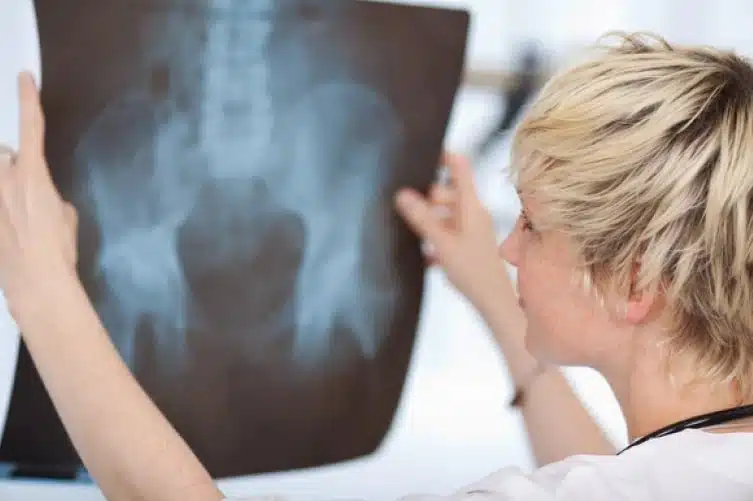Hip Pain Treatment In Elmhurst IL
Hip conditions can be debilitating and affect one's quality of life. With an increasing number of people being diagnosed with hip problems, it's crucial to understand the anatomy and function of the hip joint and the different types of conditions that can arise. Is hip pain bothering you? Physical therapy can help with hip bursitis, arthritis, or sciatica. Seeking medical advice early can make a significant difference in managing the symptoms and preventing complications.

Understanding Hip Anatomy and Function

It's essential to understand the anatomy and function of the hip joint to manage hip conditions. The hip joint is a ball and socket joint that provides support and stability to the body. It's made up of two bones, the femur and the pelvis. The hip joint allows for a wide range of motion, including walking, jumping, and sitting. Maintaining the flexibility and strength of the muscles around the hip joint is crucial to avoid hip problems.
Causes of Hip Pain
- Femoroacetabular Impingement (FAI): FAI is a condition where the bones rub against each other, causing pain and discomfort. Treatment options include medication, physical therapy, and sometimes surgery.
- Hip Osteoarthritis: Hip Osteoarthritis occurs when the cartilage between the bones wears away, leading to bone-on-bone rubbing. Pain, inflammation, and stiffness are common symptoms of this condition. Treatment options include lifestyle changes, medication, and sometimes surgery.
- Hip Bursitis: Hip Bursitis is when the bursa, a sac that cushions the hip joint, becomes inflamed. Rest, ice, medication, and physical therapy can help alleviate the symptoms.
- Sports Injuries: Often misdiagnosed as muscle strains, persistent hip pain in athletes may require thorough evaluation and arthroscopic intervention to ensure optimal recovery and performance.
- IT Band Syndrome: IT Band Syndrome occurs when the iliotibial band, a thick band of tissue that runs from the hip to the knee, becomes tight or inflamed. Physical therapy, medication, and surgery are viable treatment options.
- Piriformis Syndrome: occurs when the piriformis muscle compresses the sciatic nerve, causing pain and discomfort. Treatment involves stretching exercises, pain-relief medication, and occasionally, surgical intervention.
- Avascular Necrosis: A condition where bone tissue dies due to lack of blood supply, leading to joint pain and potential collapse. Treatment options include medication, therapy, and surgery.
- Hip Dislocation and Fracture: Hip Dislocation and Fracture are severe conditions caused by injuries such as falls. Emergency care, surgery, and rehabilitation are essential for treating this condition.
- Hip Impingement and Labral Tears: Hip Impingement and Labral Tears occur when the ball and socket joint become misaligned, causing damage to the labrum, a piece of cartilage that helps protect the joint. Treatment options include physical therapy, medication, and surgery, with potential risks and complications.
- Synovitis and Unexplained Hip Pain: Hip Impingement and Labral Tears occur when the ball and socket joint become misaligned, causing damage to the labrum, a piece of cartilage that helps protect the joint. Treatment options include physical therapy, medication, and surgery, with potential risks and complications.
Hip Treatments We Specialize In
Non-Surgical Treatments:

Non-surgical treatments for various conditions include acupuncture, applying heat or ice, and undergoing imaging procedures such as MRIs and CT scans. Immediate care and targeted injections can provide relief, while massage therapy, NSAIDs, and steroids help manage discomfort. Nutrition counseling, occupational therapy, and pain management techniques are also beneficial in addressing the underlying issues. Activities like Pilates and physical therapy can promote healing, while splints provide support and stability. Weight loss assistance may also be necessary to alleviate pressure on affected areas.
Surgical Treatments:

Surgical treatments for hip-related issues encompass a wide range of procedures. Hip arthroscopy, fusion, and reconstruction address specific joint problems, while various hip replacement techniques like anterior, partial, posterior, and total replacements cater to individual needs. Reconstructive surgery, tendon repair, reconstruction, and transfer procedures help restore functionality and correct damage. For those with hip deformities, specialized surgeries are available. Subchondroplasty focuses on repairing damaged cartilage, while surgical drainage, also known as debridement, helps remove infected or damaged tissue to promote healing.
Why Choose Orthopedics Specialist
Hip conditions can be challenging, but seeking early medical advice can help. We have highly skilled and experienced orthopedic experts at Orthopedic Specialists, offering personalized care and treatment plans. They utilize state-of-the-art diagnostic tools and techniques, providing a comprehensive range of minimally invasive surgery and non-surgical procedures. And prioritize patient comfort and satisfaction throughout the treatment process.
Book Your AppointmentFAQs
An orthopedic specialist diagnoses and treats hip pain by evaluating the cause, which may include arthritis, injury, or other conditions. They may recommend conservative treatments such as physical therapy, medication, or injections, or surgical options like hip arthroscopy or joint replacement, depending on the severity and nature of the issue.
Hip replacement surgery is not the sole solution for hip pain. In many cases, non-surgical treatments such as physical therapy, pain management, and medication can alleviate discomfort and improve mobility. Surgery is typically considered when conservative treatments fail to provide relief or when the condition significantly impacts the individual’s quality of life. Consulting a healthcare professional for personalized advice and treatment plans based on specific needs is crucial.
You should check out hip pain if it persists despite rest, worsens over time, interferes with daily activities, or if you experience swelling redness, or warmth around the joint. It’s important to consult a healthcare professional for an accurate diagnosis and appropriate treatment to prevent further complications.
You may avoid hip surgery through conservative treatments like physical therapy, lifestyle changes, pain management, medications, and injections. However, the effectiveness of these approaches depends on the severity and cause of your hip pain. Consult an orthopedist for personalized advice.
Hip fractures are more common in older adults, especially those with osteoporosis or weakened bones. Other factors include a sedentary lifestyle, poor nutrition, and a history of falls or accidents.
Candidates for hip replacement surgery typically have severe joint pain, stiffness, or limited mobility due to arthritis, injury, or congenital deformities. The procedure is recommended when conservative treatments fail to provide relief.